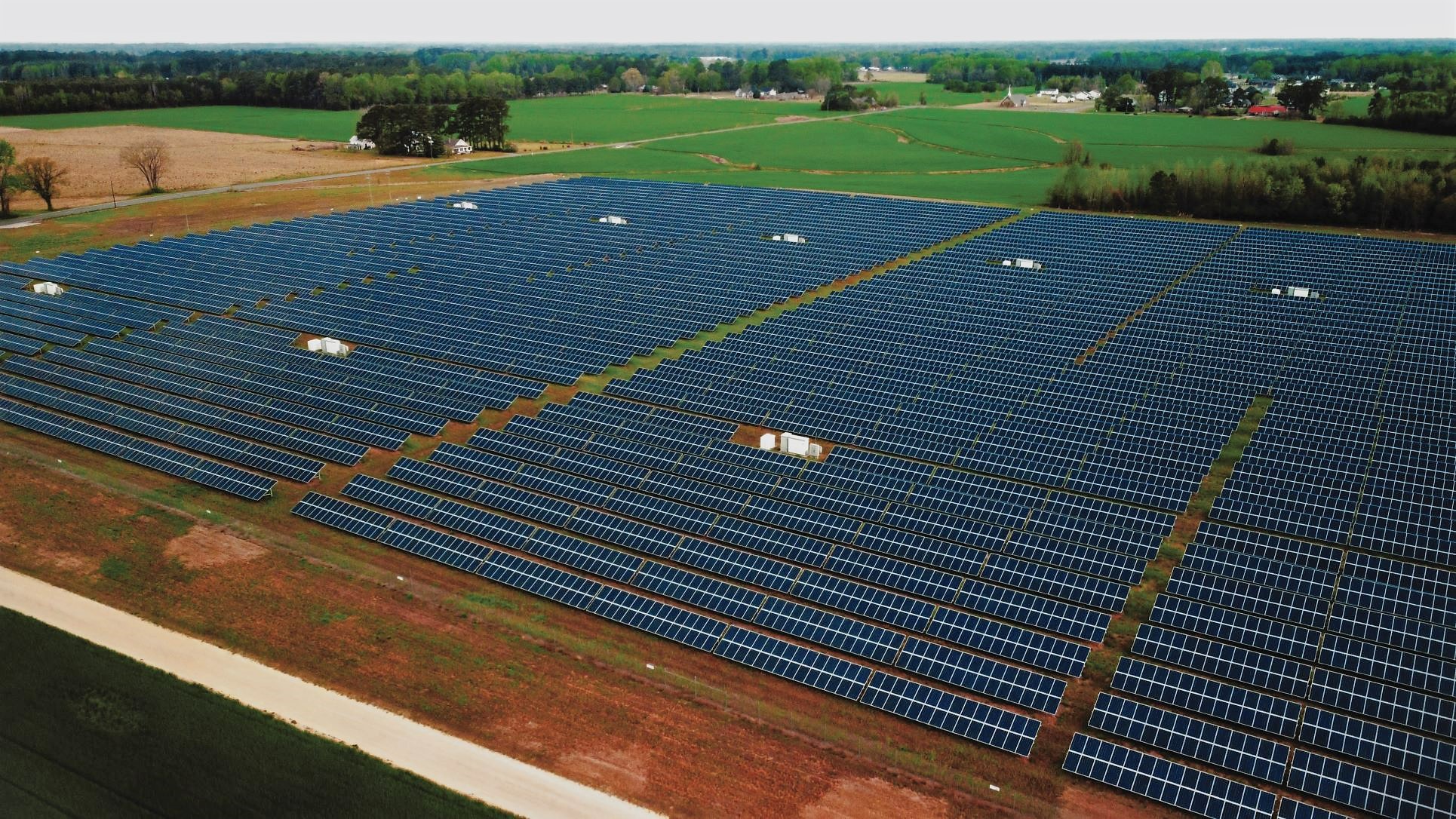Gift of Land Becomes $100k for Community
Gift of Land Becomes $100k for Community
By Dan Holly
The First Baptist Church of Mount Olive is a small, old church in a small, struggling town in eastern North Carolina. But due to a stroke of luck about 20 years ago – or perhaps it was divine providence – the church has something even a megachurch in a prosperous suburb would love to have: a steady source of income above and beyond congregation donations. Good income.
A few years ago, church members decided they needed to do something with their extra money: give it away.
Rev. Dennis Atwood, the former pastor of 22 years, did a series of sermons on gratitude that culminated with a call to take $100,000 and put it into a fund to “make a difference.”
His sermons evidently were effective. He put the proposal to a vote and it was a unanimous “yes.”
They decided to call it the Gratitude Project.
“I didn’t begin the sermons with that [the Gratitude Project] in mind…but I thought we had to do something concrete about poverty, education, the lack of affordable housing in our town. We are one of the poorest areas in the state. …I thought $100,000 would be a good starting point.”
The seeds of the Gratitude Project were planted back in 2003. That was when a church member deeded more than 200 acres to the church in his estate. In 2013, Birdseye Renewable Energy was looking for tracts of land for solar farms. The company contacted the church and the end result was leasing two parcels – a 38-acre tract and a 39-acre tract – for solar farms. The farms bring in $80,000 per year to First Baptist Church of Mount Olive.
Bryan King, a church member who is an attorney, was appointed chairman of the four-member committee designated with deciding how to give away the funds.
The committee first researched other places that had done something similar. “We tried to approach it from the get-go that this wasn’t going to be just charity, just giving money away,” King said. “It was more about trying to address structural problems in our town, the biggest one being poverty.”
Mount Olive has a population of just over 4,000, according to the town’s website. The median household income is just below $42,000 and the poverty rate is 27 percent, according to Data USA.
Mount Olive is almost a Southern cliché. Railroad tracks divide the town and one side is mostly Black, with many rundown and overcrowded houses; the other side is largely White and middle class. First Baptist sits on the White side of the tracks – one block in. The 350-member church is overwhelmingly White.
The Gratitude Project gave out 10 grants for projects ranging from housing repair to piano lessons.
Some of the grants had a direct impact on poverty. For instance, an $18,000 grant to the Wilmington Area Remodeling Ministry (WARM) went for extensive repairs to the home of a man who had fallen behind on upkeep due to health issues.
Other grants took an indirect approach, such as the $12,000 given for football equipment for the Mount Olive Hurricanes, a youth football club that mainly serves young people from low-income families, according to the club’s director Ronnie Wise. The club’s equipment was so old that the club’s future was in peril, Wise said. The grant ensured its future, he said.
The last of the $100,000 was disbursed in January 2025.
Rev. Atwood would like to see a second phase of giving, as more money becomes available, focusing on affordable housing. He also has written a book about his journey to gratitude. He hopes other churches will follow his church’s example.
“The Gratitude Project was just a way to throw another stone into the pond and create ripples,” he said. “You could affect people in other ways; this is one way to do it. I think it gave us a little bit of fresh air and a boost in our approach to missions in the community. It’s a model – a model other churches could use when they reach out to their community.”
To learn more about The Gratitude Project, contact Rev. Dennis Atwood at dennisratwood@gmail.com.
This story is part of Lake Institute’s story collection, the Faithful Generosity Story Shelf, which highlights congregations and other religious organizations who have sought to use their assets and resources in creative—and sometimes surprising—ways as an expression of faithful giving.
Each entry in our Story Shelf is short enough to be read and discussed during a committee meeting or other group gathering. Our hope is that these accessible vignettes will spark new questions, conversation, and imagination among clergy and laity about what might be possible with the funds, buildings, land, and other resources in their care. If you know a story that should be included in the Story Shelf, suggest it here.
Subscribe
Insights is a bi-weekly e-newsletter for the religious community and fundraisers of faith-based organizations that provides:
- Reflections on important developments in the field of faith and giving
- Recommended books, studies and articles
- Upcoming Lake Institute events

